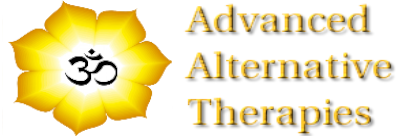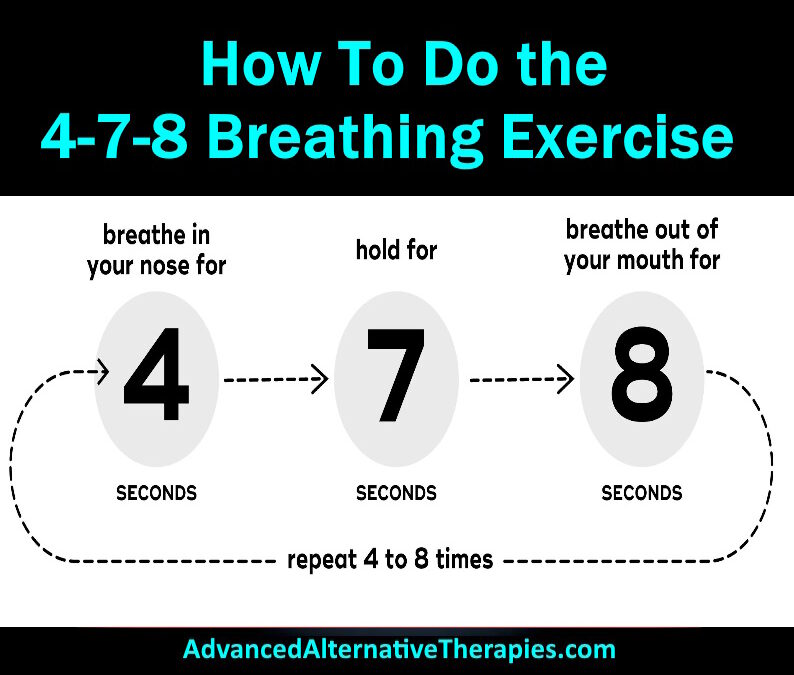Breathing techniques are designed to bring the body into a state of deep relaxation. Specific patterns that involve holding the breath for a period of time allow your body to replenish its oxygen. From the lungs outward, techniques like 4-7-8 can give your organs and tissues a much-needed oxygen boost.
Relaxation practices also help bring the body back into balance and regulate the fight-or-flight response we feel when we’re stressed. This is particularly helpful if you’re experiencing sleeplessness due to anxiety or worries about what happened today — or what might happen tomorrow. Swirling thoughts and concerns can keep us from being able to rest well.
The 4-7-8 technique forces the mind and body to focus on regulating the breath, rather than replaying your worries when you lie down at night. Proponents claim it can soothe a racing heart or calm frazzled nerves. Dr. Weil has even described it as a “natural tranquilizer for the nervous system.”
The overall concept of 4-7-8 breathing can be compared to practices like:
- Alternate nostril breathing involves breathing
in and out of one nostril at a time while holding the other nostril closed. - Mindfulness meditation encourages focused breathing while guiding your attention
to the present moment. - Visualization focuses your mind on the path and pattern of your natural breathing.
- Guided imagery encourages you to focus on a happy memory or story that will take your
mind off your worries as you breathe.
People experiencing mild sleep disturbances, anxiety, and stress may find 4-7-8 breathing helpful for overcoming distraction and slipping into a relaxed state.
Over time and with repeated practice, proponents of 4-7-8 breathing say it becomes more and more powerful. It’s said that at first, its effects aren’t as apparent. You might feel a little lightheaded the first time you try it. Practicing 4-7-8 breathing at least twice per day could yield greater results for some people than for those who only practice it once.
To practice 4-7-8 breathing, find a place to sit or lie down comfortably. Be sure you practice good posture, especially when starting out. If you’re using the technique to fall asleep, lying down is best.
Prepare for the practice by resting the tip of your tongue against the roof of your mouth, right behind your top front teeth. You’ll need to keep your tongue in place throughout the practice. It takes practice to keep from moving your tongue when you exhale. Exhaling during 4-7-8 breathing can be easier for some people when they purse their lips.
The following steps should all be carried out in the cycle of one breath:
- First, let your lips part. Make a whooshing sound,
exhaling completely through your mouth. - Next, close your lips, inhaling silently through your
nose as you count to four in your head. - Then, for seven seconds, hold your breath.
- Make another whooshing exhale from your mouth for eight
seconds.
When you inhale again, you initiate a new cycle of breath. Practice this pattern for four full breaths.
The held breath (for seven seconds) is the most critical part of this practice. It’s also recommended that you only practice 4-7-8 breathing for four breaths when you’re first starting out. You can gradually work your way up to eight full breaths.
This breathing technique shouldn’t be practiced in a setting where you’re not prepared to fully relax. While it doesn’t necessarily have to be used for falling asleep, it can still put the practitioner into a state of deep relaxation. Make sure you don’t need to be fully alert immediately after practicing your breathing cycles.












